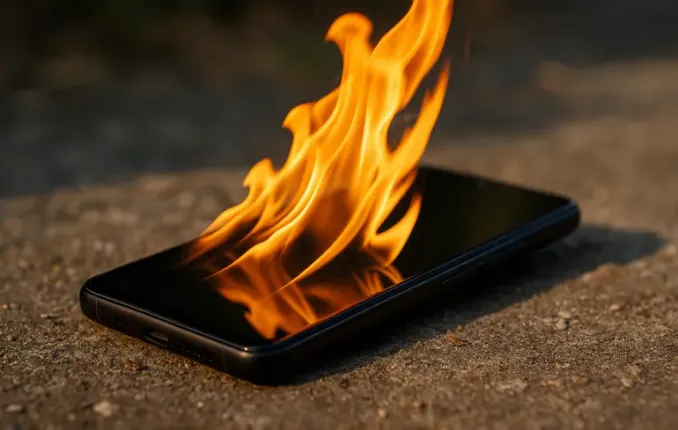Thermal Challenges for Modern Smartphones: What Temperatures Are Hazardous for Your Devices?

In the world of technology, users more frequently encounter issues related to extreme temperatures affecting their mobile devices' performance. Popular smartphone brands, despite advanced technological development, are not designed to withstand rising heat levels caused by global climate change. Experts warn that when outdoor temperatures exceed +35°C, internal components—especially the processor and microchips—can heat up to over +60°C. Such significant thermal fluctuations can lead to serious damage and accelerated wear of your device. Nicholas Six, a tech analyst, notes that most modern smartphones are built to operate within a temperature range from 0°C to +35°C. Devices like the iPhone can tolerate temperatures up to +40°C, but prolonged exposure to higher temperatures may cause malfunctions. Furthermore, storing an uncharged phone is permissible within temperature limits from -20°C to +45°C. However, temperatures below -20°C negatively affect device performance, primarily because of changes in the chemical properties of the lithium-ion batteries. Overheating is another key challenge. When external temperatures reach +35°C, internal microchips double their temperature due to the physical processes occurring inside. Silicon, used extensively in microelectronics, has high thermal conductivity and resistance, which means that during operation, some electrical energy turns into heat—a phenomenon known as Joule heating. This effect, combined with the billions of transistors generating heat through electrical currents, leads to localized hotspots. Since smartphones lack active cooling systems like fans or radiators, manufacturers rely on automatic thermal protection mechanisms. As the temperature of microchips rises, signals are sent to slow down processing or shut down the device entirely, preventing damage. Another less common issue is cold temperatures. When the ambient temperature drops below zero, the screen becomes less responsive because the skin and fingers have lower electrical conductivity at low temperatures. The most significant damage occurs to lithium-ion batteries, which undergo chemical changes, reducing their capacity. Restoring full functionality requires avoiding complete discharges and not charging immediately after use in cold conditions. Maintaining optimal temperature ranges is crucial for long-term, stable performance. In summary, experts advise users to avoid prolonged exposure to direct sunlight, keep devices out of cold environments, and refrain from drastic temperature changes. Proper device management—including not letting the battery run to zero or fully charge—can significantly extend its lifespan and keep it functioning efficiently, even in the face of rising climatic challenges.

